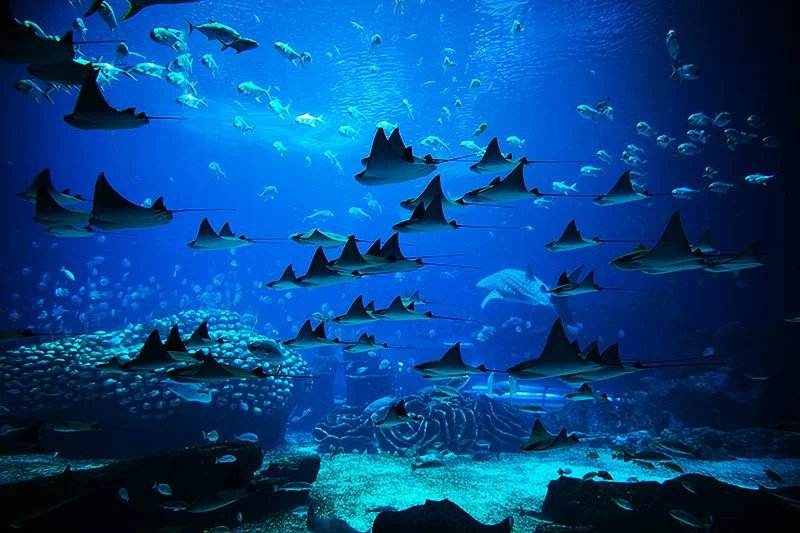There are still no submersibles that can go anywhere near the depth of the Mariana Trench and only five, including Alvin, that can reach the depths of the "abyssal plain"—the deep ocean floor—that covers more than half the planet's surface. A typical submersible costs about $25,000 a day to operate, so they are hardly dropped into the water on a whim, still less put to sea in the hope that they will randomly stumble on something of interest. It's rather as if our firsthand experience of the surface world were based on the work of five guys exploring on garden tractors after dark. According to Robert Kunzig, humans may have scrutinized "perhaps a millionth or a billionth of the sea's darkness. Maybe less. Maybe much less."

But oceanographers are nothing if not industrious, and they have made several important discoveries with their limited resources—including, in 1977, one of the most important and startling biological discoveries of the twentieth century. In that year Alvin found teeming colonies of large organisms living on and around deep-sea vents off the Galapagos Islands— tube worms over ten feet long, clams a foot wide, shrimps and mussels in profusion, wriggling spaghetti worms. They all owed their existence to vast colonies of bacteria that were deriving their energy and sustenance from hydrogen sulfides—compounds profoundly toxic to surface creatures—that were pouring steadily from the vents.











